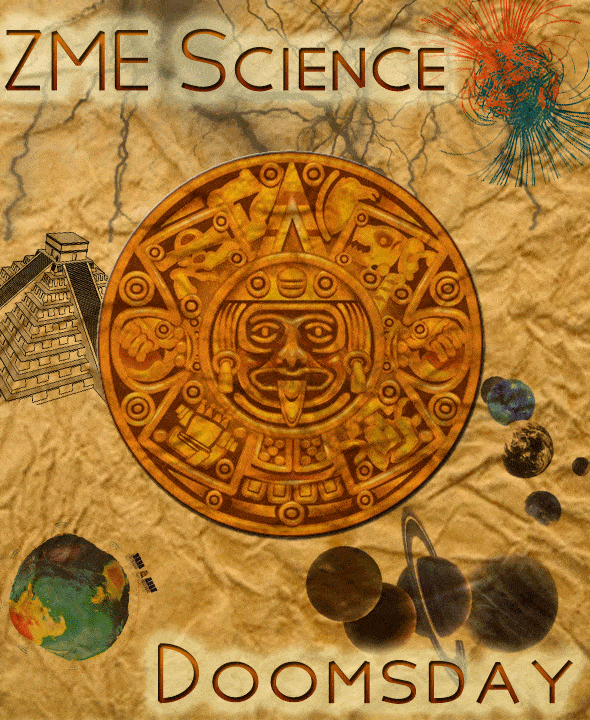
It’s December 21, 2012. Nibiru, or Planet X as some call it, is going to collide or just barely miss a collision with planet Earth, and the consequences will be devastating.
The idea was first started in 1995 by Nancy Lieder, founder of the website ZetaTalk. She describes herself as a contactee with the ability to receive messages from extra-terrestrials from the Zeta Reticuli star system through an implant in her brain. She claims she was chosen to warn mankind that the object will zoom by Earth in 2003 causing its poles to switch, but, well, that was cancelled, so now the impact is rescheduled for 2012.
Lieder described Planet X as roughly four times the size of the Earth, and said that its closest approach would occur on May 27, 2003, resulting in the Earth’s rotation ceasing for exactly 5.9 terrestrial days. She even went as far as to say that people should put their pets down in anticipation of the event. She also stated that “A dog makes a good meal“.
Reality check!!!
Calling this pseudoscience would be a stretch – it’s just borderline madness. If there somehow was a rogue planet well on its way for Earth, we would see it; every professional and even many amateur astronomers would see it. Even if it were somehow invisible, we would see the effects on other planets in the solar system. Oh, but wait!
People who actually believe this think that astronomers are all working together and keeping it a secret. Seriously, you try to convince the entire scientific community, every space agency, every nation and many amateur astronomers to keep a secret together – that would be something.
“Put your pets down“… This woman should be in a facility if you ask me.
Read about other popular Mayan doomsday “prophecies” from our debunking series:
- Doomsday part 1: The Maya calendar predicts the end of the world
- Doomsday part 2: Nibiru (Planet X) is coming
- Doomsday part 3: The magnetic poles are shifting!
- Doomsday part 4: solar flares
- Doomsday part 5: Planetary and galactic alignment
- Doomsday part 6: asteroid strike






